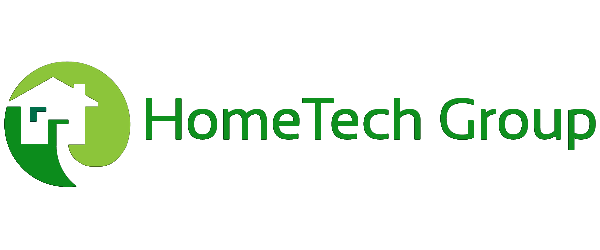Heat pumps have gained popularity as an eco-friendly alternative for heating and cooling homes. They offer energy efficiency and are seen as a green solution for reducing carbon footprints. However, like any technology, heat pumps come with their own set of downsides that are often overlooked. In this blog, we will explore some of the often underestimated drawbacks of heat pump installations, including the extra work needed to achieve the desired EPC rating, the initial expenses, and the challenges homeowners may face.
Should I have an air-source heat pump?
If you're considering installing an air-source heat pump, it's important to bear the following in mind:
EPC Rating Challenges
One often underestimated downside of heat pump installations is the challenge of achieving the desired Energy Performance Certificate (EPC) rating. EPC ratings are crucial for assessing the energy efficiency of a property. While heat pumps are considered a way to improve these ratings, it's not always a straightforward process. Achieving the desired EPC rating can be complex and costly. This can involve extensive insulation upgrades, such as double glazing, roof insulation, or cavity wall insulation. Older properties may require significant retrofitting, which can be costly and may involve structural alterations. For many homeowners, the capital costs associated with these upgrades can be a major hurdle, making heat pump installations less financially viable.
Initial Expenses
Heat pump installations come with a higher initial expense compared to conventional heating systems. The initial expenses include the cost of the heat pump unit itself, which can be substantial, especially for ground-source or air-source heat pumps. Additional costs come from professional installation, which is essential to ensure the system functions efficiently. Regular maintenance and potential repairs can also add up over time. While heat pumps may offer long-term energy savings, the upfront costs can be a significant barrier for homeowners.
Technical Challenges and Limitations
Heat pumps may face several technical challenges and limitations, particularly in specific geographical locations and environmental conditions. Air source heat pumps, for instance, may struggle to maintain efficiency in extremely cold climates as they rely on the surrounding air to extract heat. This can result in decreased performance and higher energy consumption during the winter months. Ground source heat pumps require substantial space for ground loops or boreholes, making them unsuitable for some properties due to space limitations. Additionally, heat pumps can generate noise, especially air source heat pumps, which can be a concern for homeowners and their neighbours.
Make an informed decision
While heat pumps offer numerous benefits in terms of energy efficiency and environmental friendliness, it's crucial to consider the often overlooked downsides before investing in this technology. Achieving the desired EPC rating can be challenging and costly, involving insulation upgrades and potentially extensive retrofitting. The initial expenses, which encompass equipment, installation, and maintenance costs, can be a financial hurdle for homeowners. Technical challenges, such as cold climate limitations and space requirements, can also impact the performance of heat pumps. To make an informed decision, homeowners should conduct a thorough assessment of their property, budget, and local climate conditions to determine whether a heat pump is the right choice for their home.


